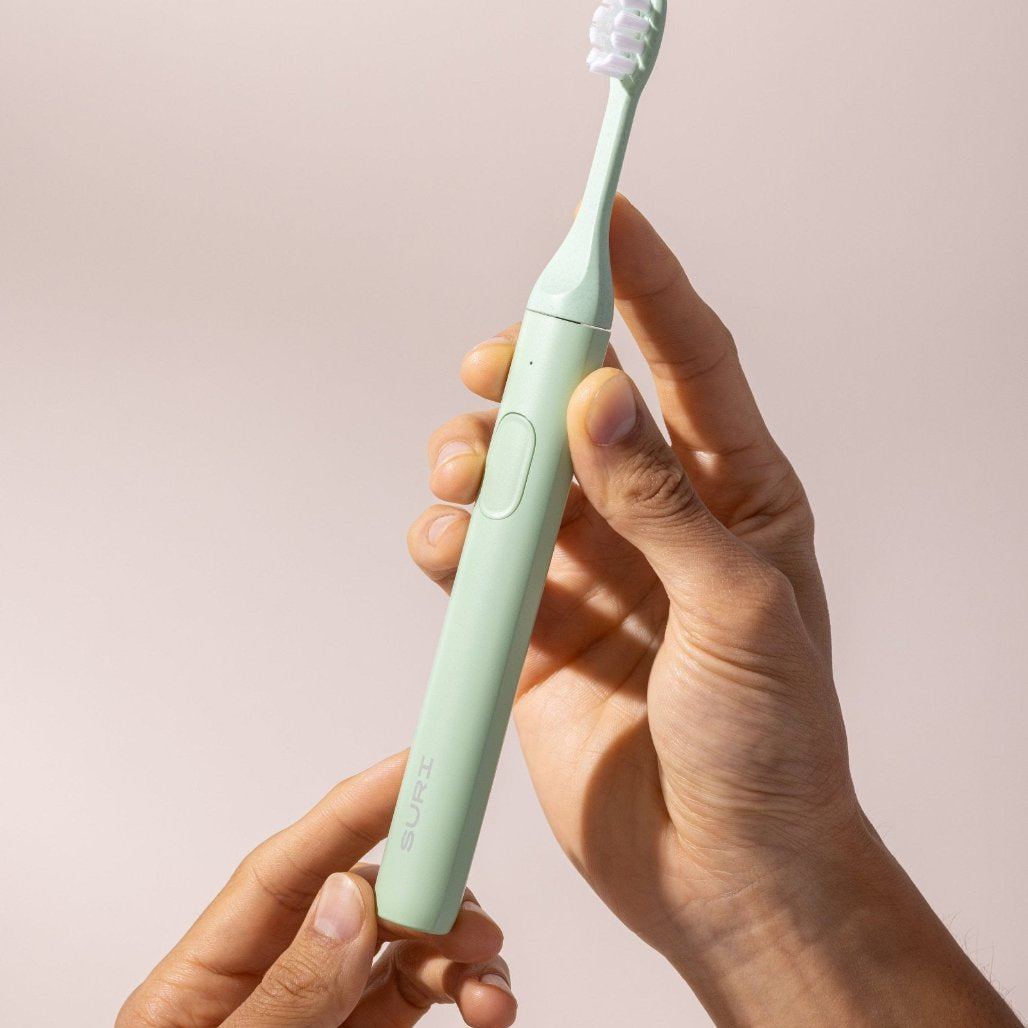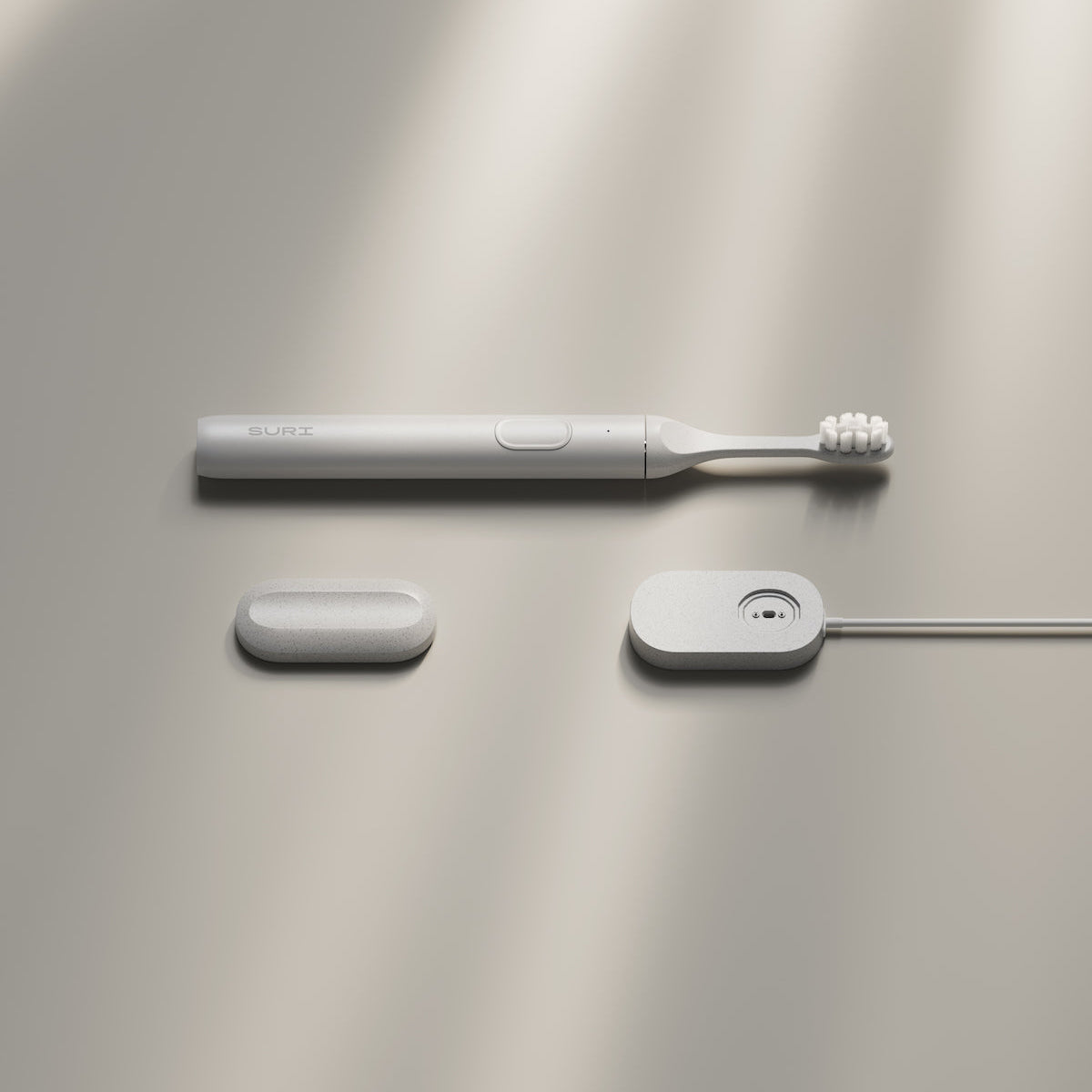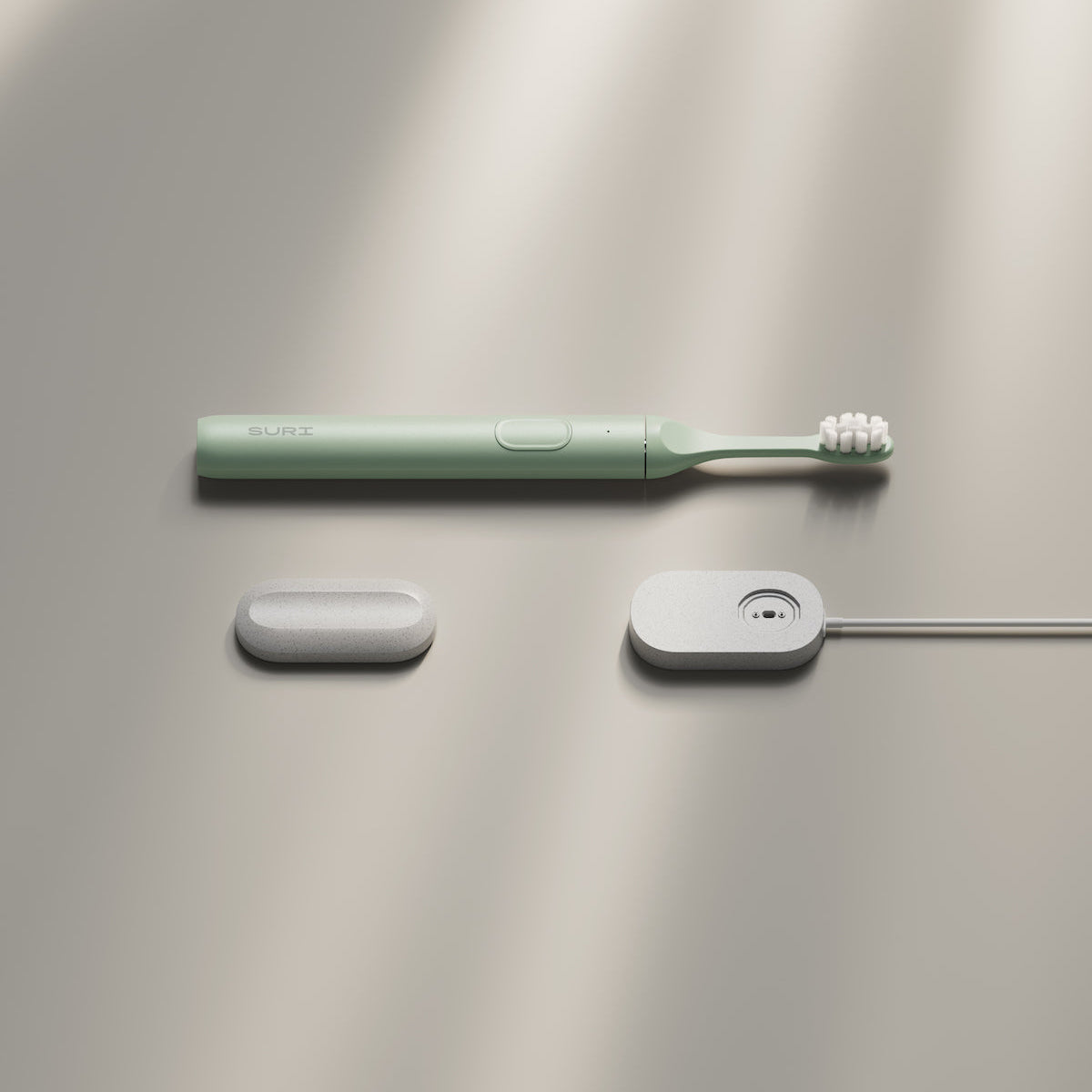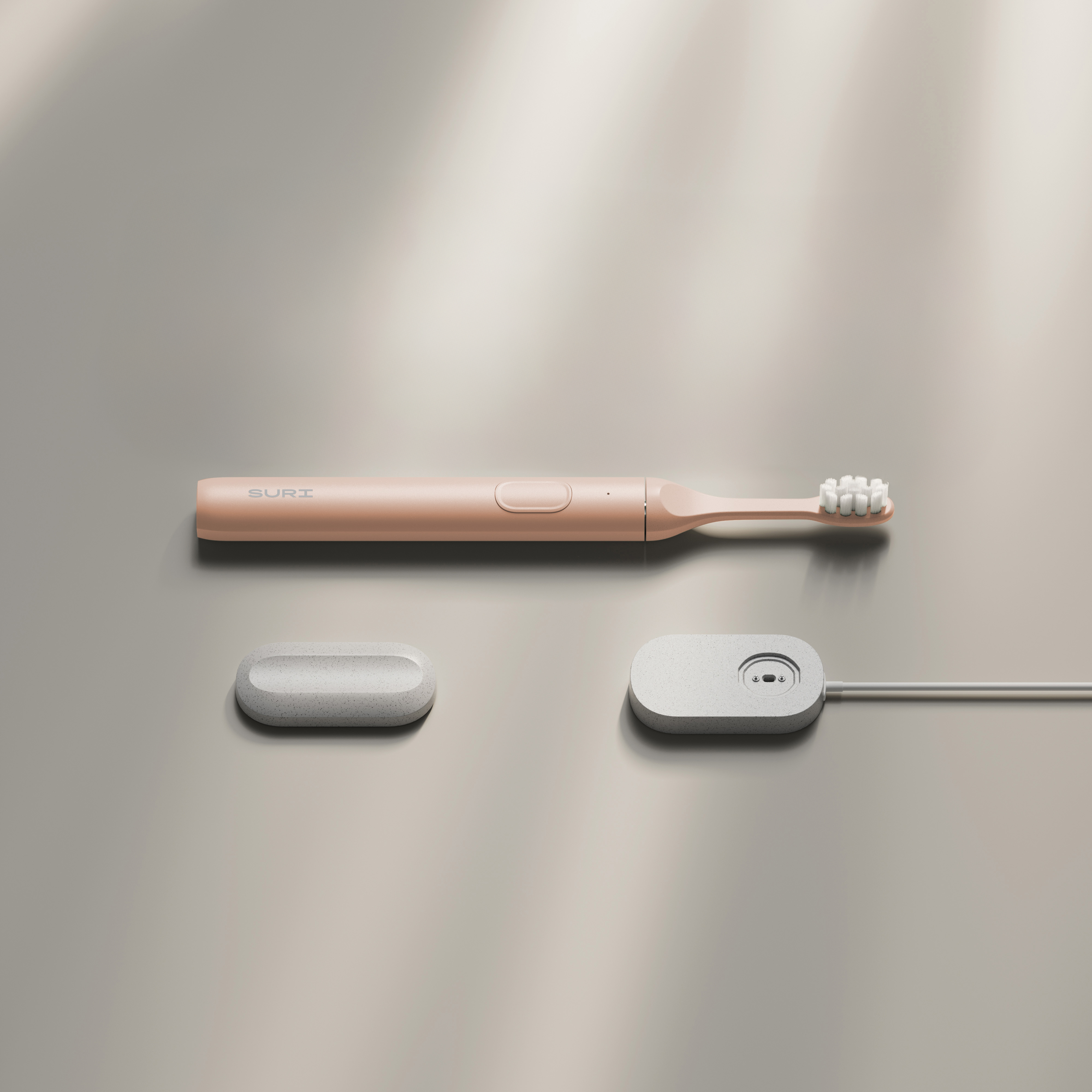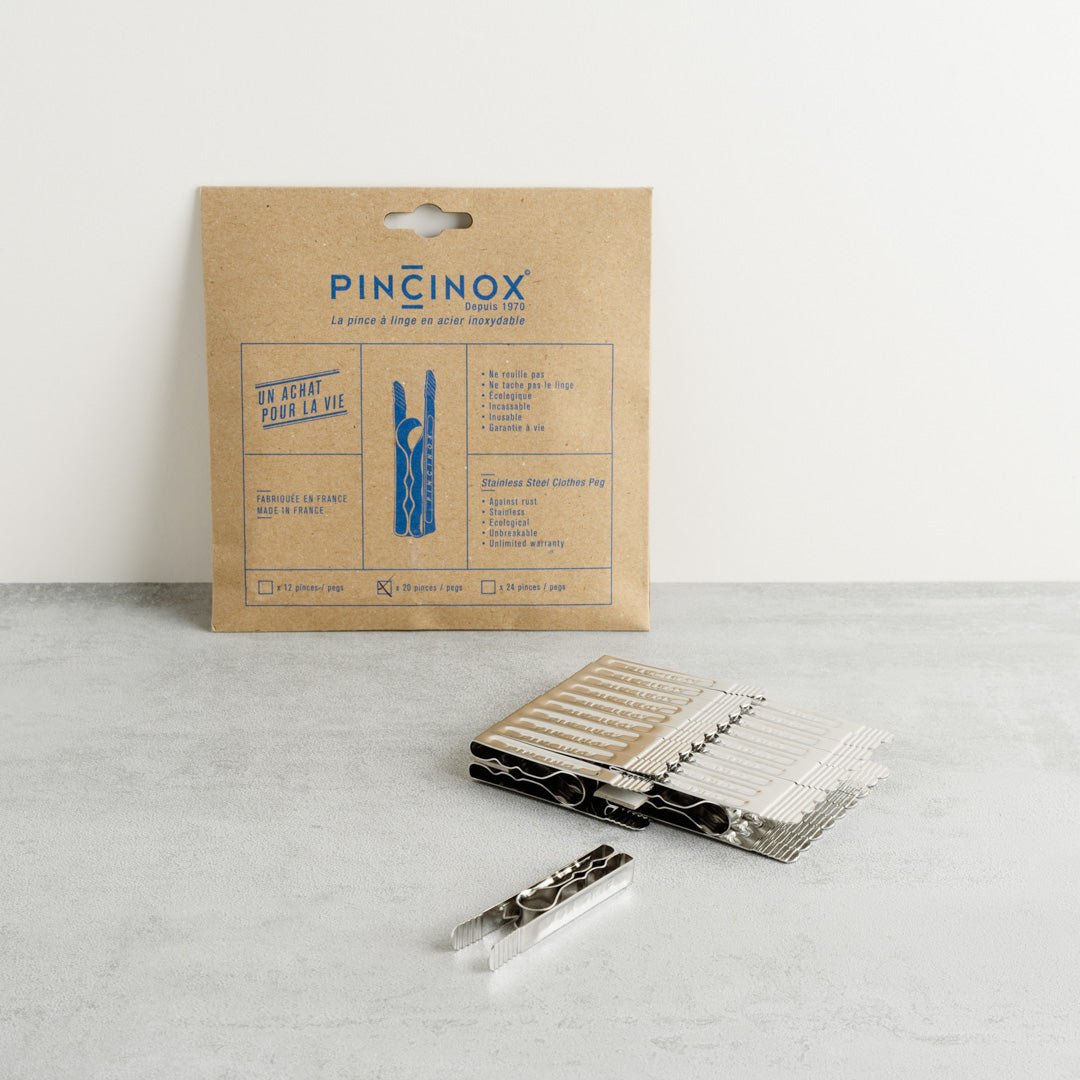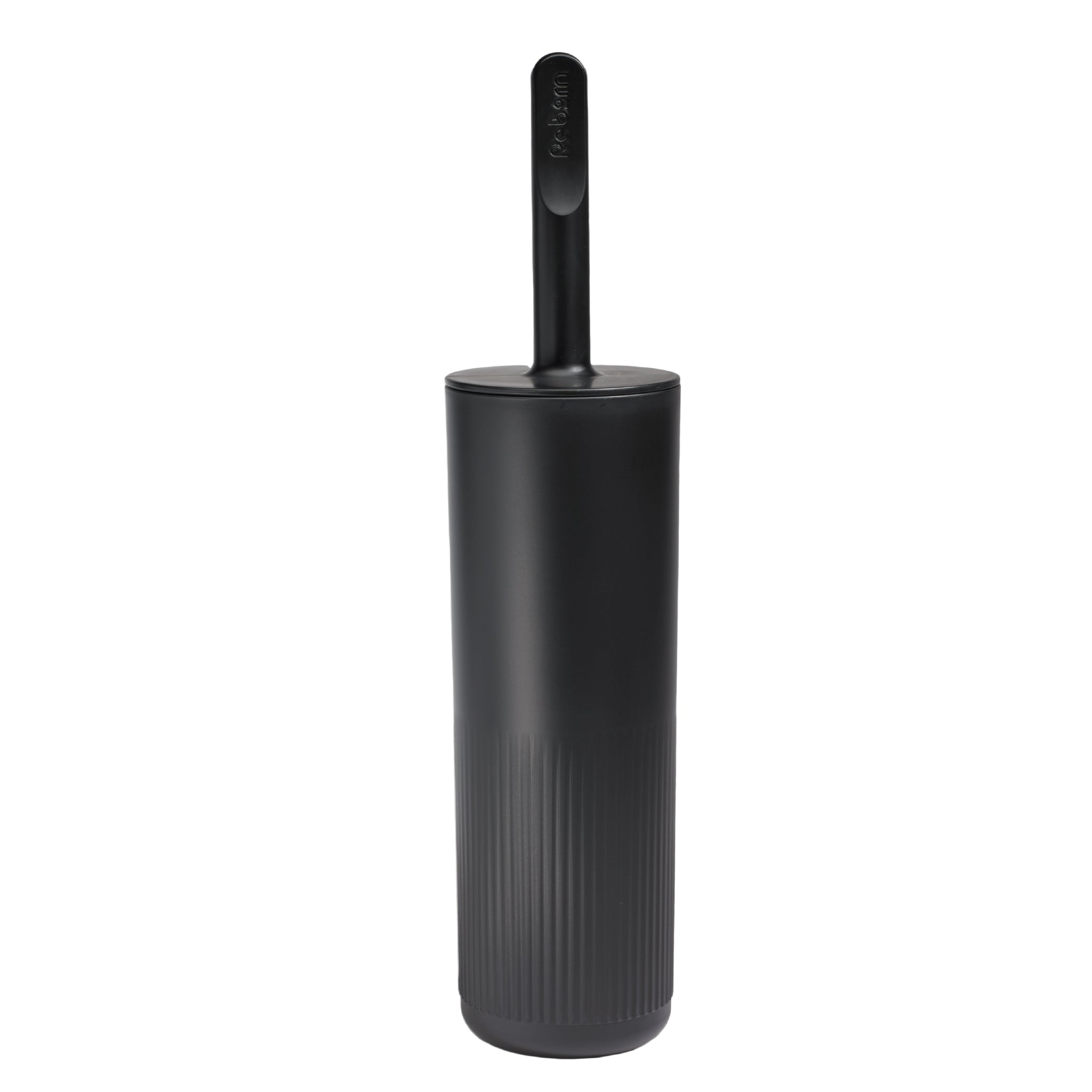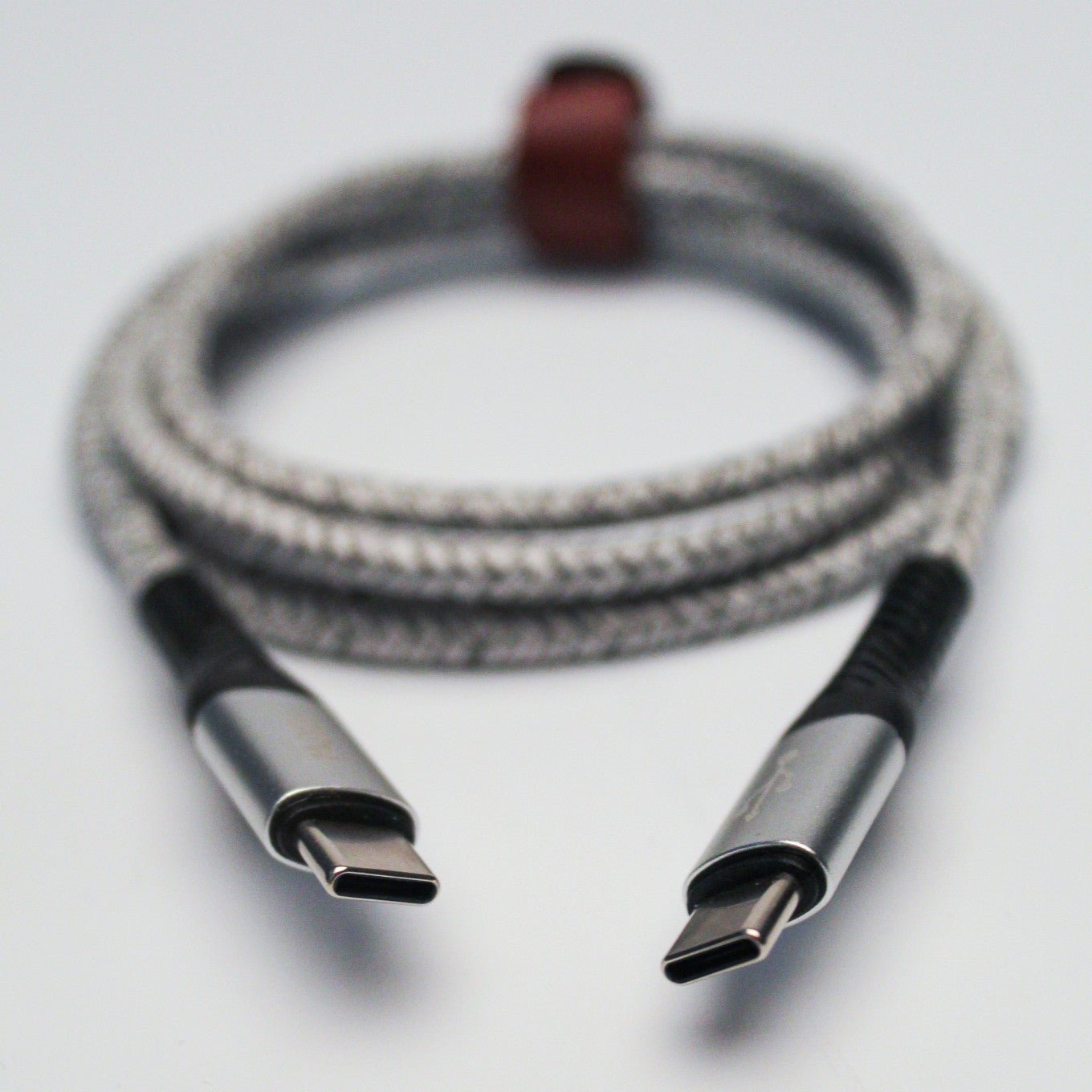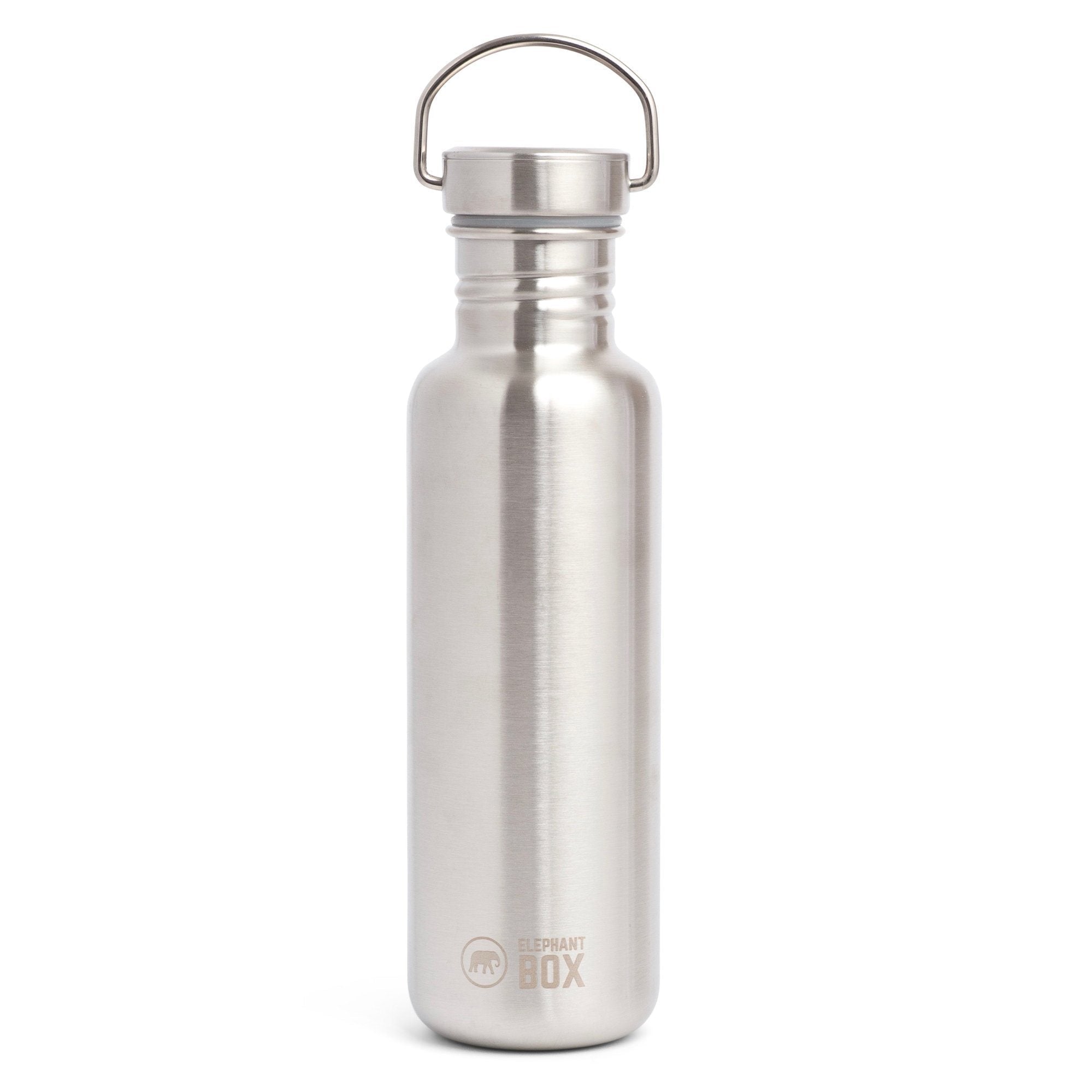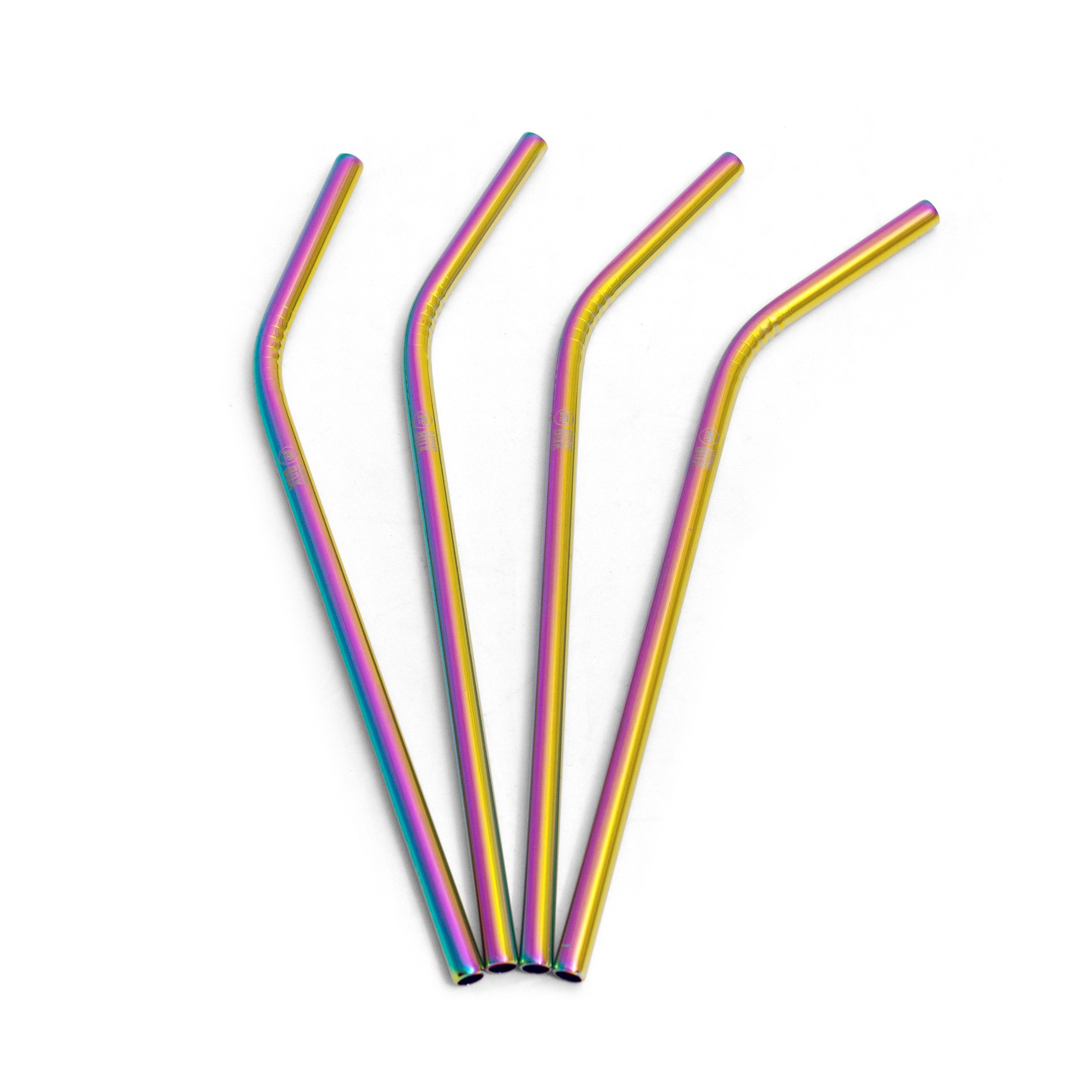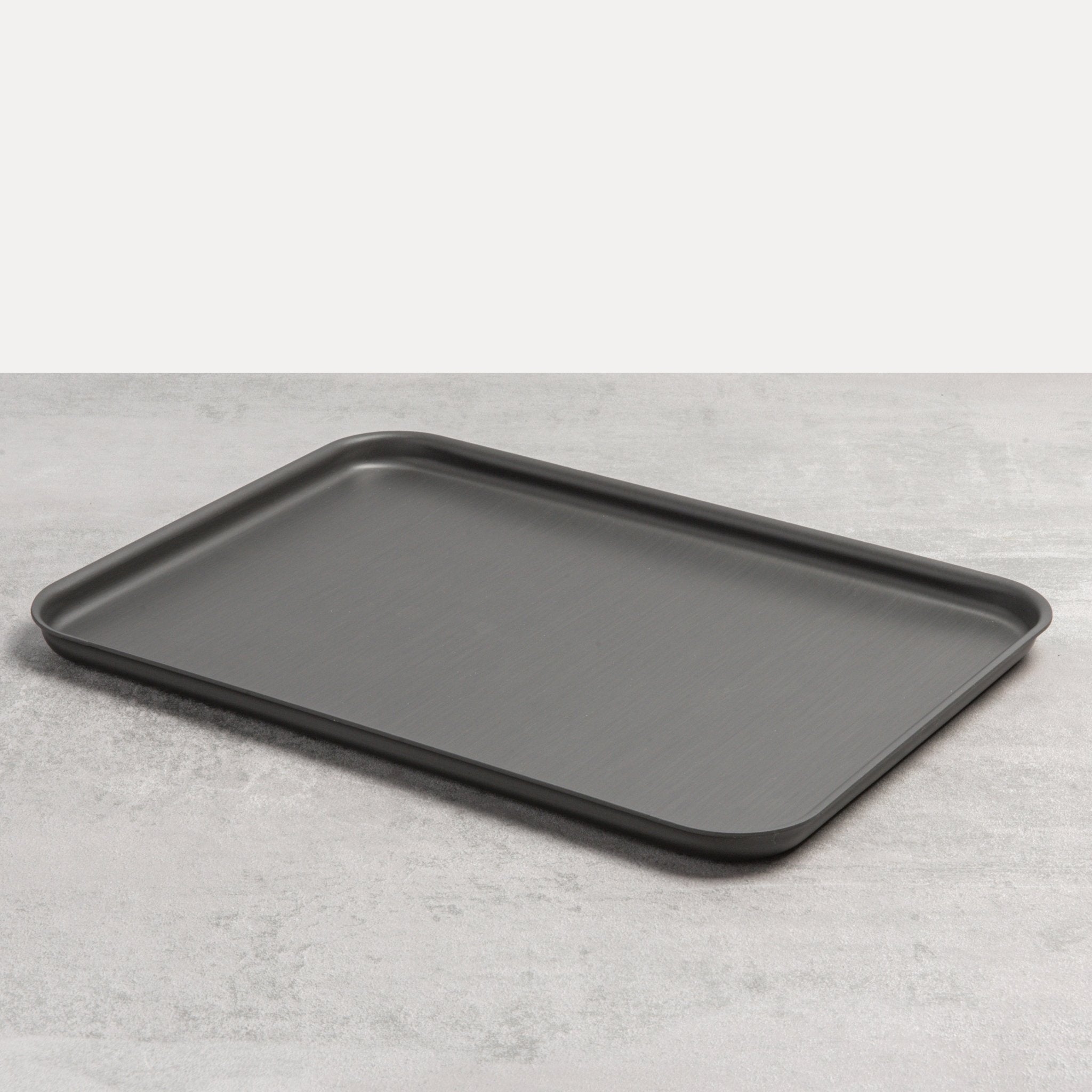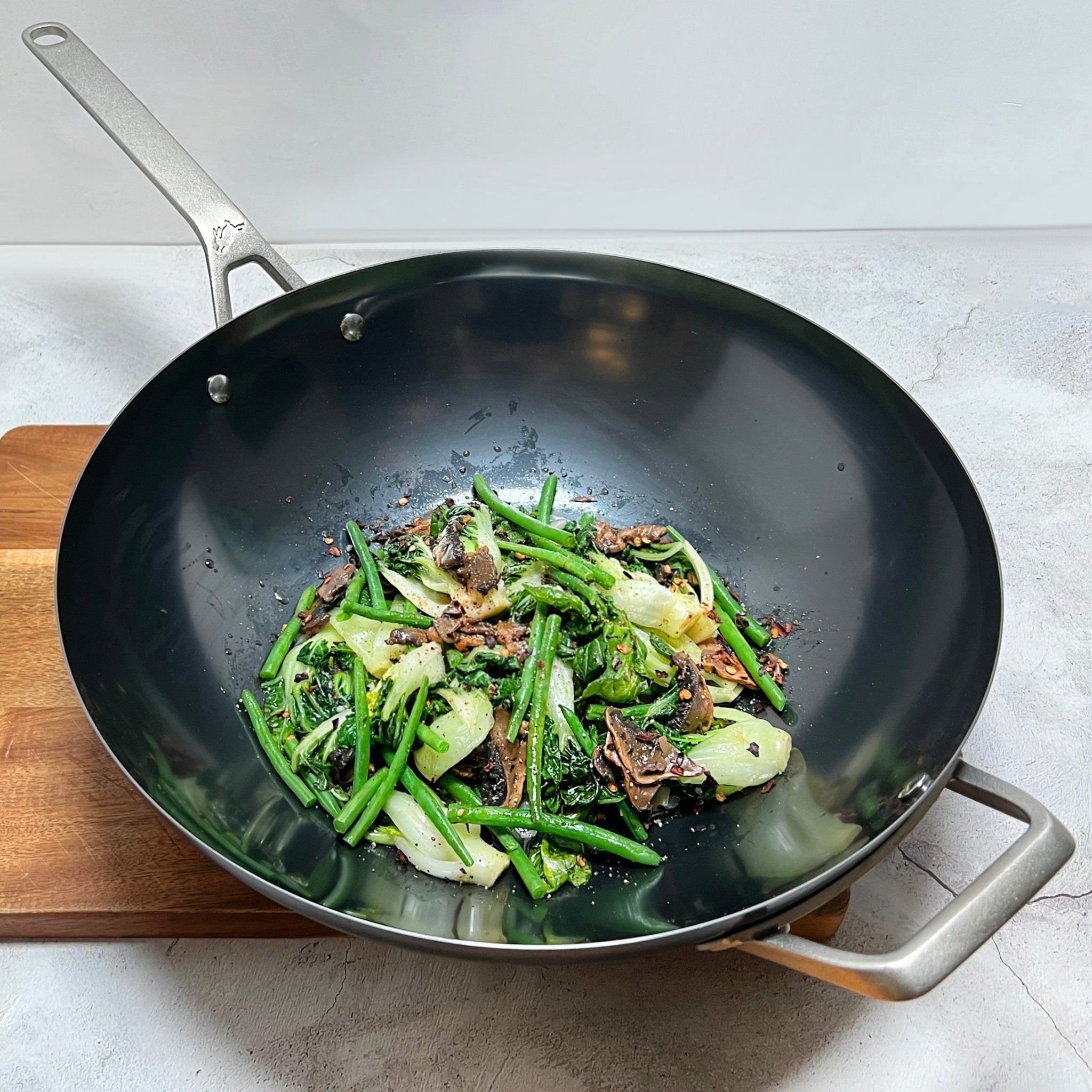Carbon Steel Pans
Reliable carbon steel pans that do more with less fuss. Favoured by chefs for good reason, they’re lighter than cast iron but still hold heat beautifully. Over time, they develop a natural, chemical-free non-stick surface - no coatings needed. Great for steaks, stir-fries, eggs and more, and tough enough for any hob, oven or grill. With a bit of care, they’ll last for decades. Worth learning. Worth sticking with.
FAQs about Carbon Steel Pans
What are the longest-lasting carbon steel pans available?
The longest-lasting carbon steel pans are made from thick-gauge steel with a quality uncoated finish that develops a natural non-stick layer over time. Look for forged or riveted handles and no synthetic coatings - these small details make a big difference. Many come with lifetime guarantees and are easily re-seasoned or restored. With proper care, a solid pan can outlast a few prime ministers. Explore our most reliable picks in the durable carbon steel pans collection. Learn more on our research process page.
How do you season a carbon steel pan properly at home?
To season a carbon steel pan at home, remove any protective layer, dry it well, then rub on a very thin film of neutral oil. Heat it until the oil darkens and stops smoking - on the oven or hob works fine. Repeat this 2–3 times to start building a non-stick surface. It’s a bit like breaking in shoes: faff at first, but worth it. Just avoid slathering on oil, or you’ll end up with sticky patches instead of seasoning.
What's the best way to clean a carbon steel pan after cooking?
The best way to clean a carbon steel pan is with hot water and a soft brush, while the pan is still warm. No need for soap unless it’s truly grimy. Avoid soaking or using the dishwasher, or you’ll undo all that careful seasoning. Once clean, dry it thoroughly and wipe it with a hint of oil. It’s quick, it’s easy, and it looks after your seasoned surface for the long haul. Full care tips are in our iron pan care guide.
Are carbon steel pans safe and toxin-free?
Yes, carbon steel pans are safe and completely toxin-free. Made from just iron and carbon, they contain no synthetic coatings or PFAS nasties. The non-stick layer comes from seasoning, not chemicals, so there’s nothing to flake or release fumes. It’s proper old-school durability - safe, simple and endlessly reliable when well looked after.
What foods shouldn't you cook in a carbon steel pan?
Best avoid acidic foods like tomatoes, vinegar or wine-based sauces in a newly seasoned carbon steel pan - they can eat away at the layer and leave a metallic tang. Once seasoned deeply, the pan’s hardier, but it’s still not ideal for lots of boiling or simmering. Save it for its strengths: sizzling, searing and anything that needs a good high-heat blast.
How do you maintain or restore a carbon steel pan’s non-stick surface?
To maintain a carbon steel pan’s non-stick surface, cook with oil, avoid metal scourers and wipe it with a touch of oil after cleaning. If things start sticking, it may be time to re-season: scrub it back gently to bare metal, dry well, then build up new seasoning with thin layers of oil and heat. More tips live in our iron pan care guide.
Can carbon steel pans be used on induction and electric hobs?
Yes, carbon steel pans work brilliantly on induction and electric hobs. Their magnetic base heats fast and evenly, making them ideal for responsive cooking. Just make sure the bottom is flat to avoid wobbling or poor contact. And do resist the urge to drag it across a glass hob - or you might end up with a scratchy souvenir.


